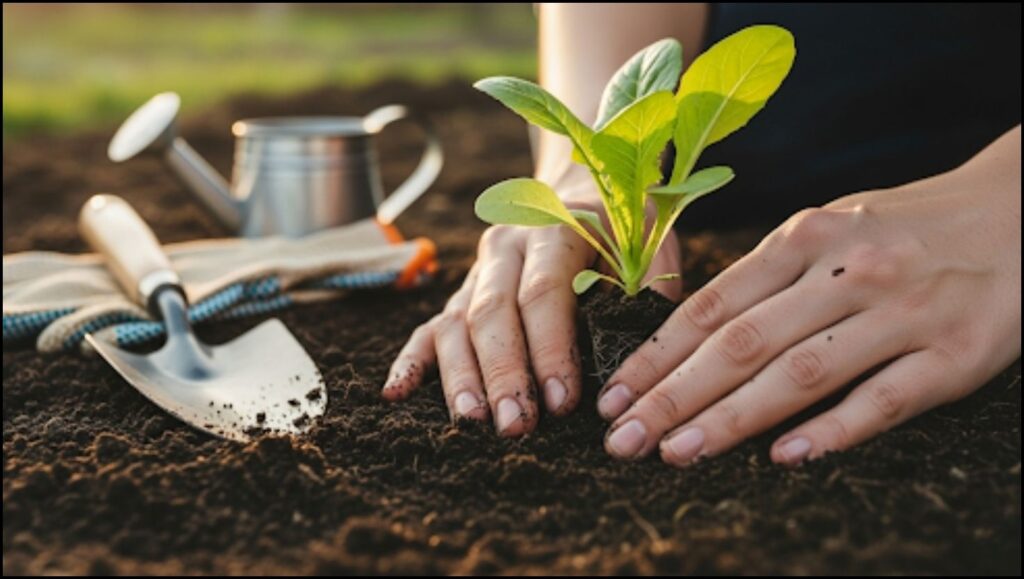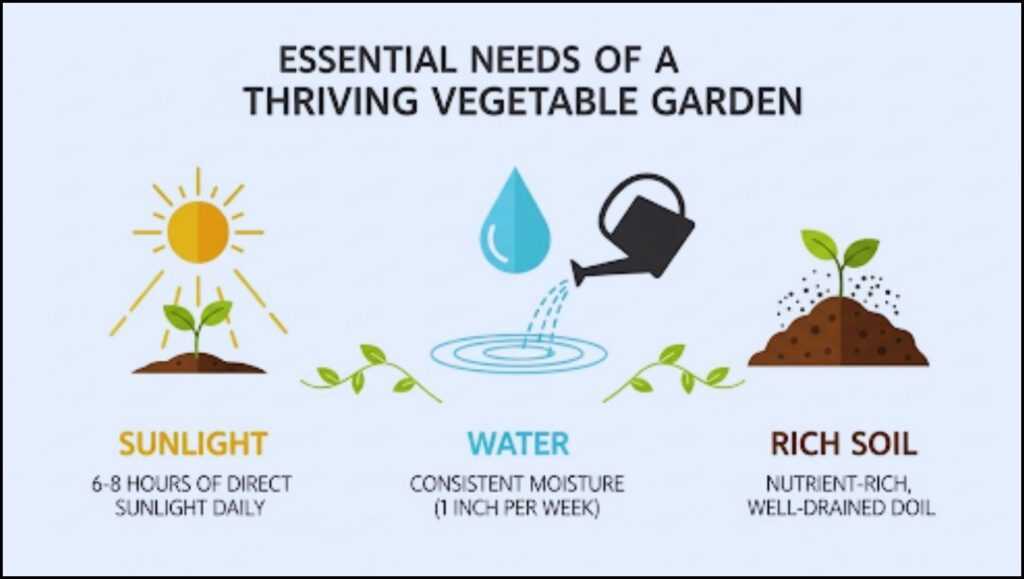The practice of growing vegetables at home is experiencing a global resurgence, driven by heightened awareness of food security, sustainability, and the desire for fresh, nutritious produce. From small apartment balconies to expansive backyard plots, individuals are reconnecting with the process of cultivation. This guide provides a foundational framework for beginners, detailing the essential steps and considerations necessary for a successful harvest, drawing on expertise from agricultural specialists and horticultural organizations.

Getting Started: The First Steps to Home Gardening
Successfully growing vegetables at home begins with careful planning and a realistic assessment of available resources. The first critical step is selecting an appropriate location. According to the University of California Cooperative Extension, most vegetables require a minimum of six to eight hours of direct sunlight per day to thrive. A location with ample sunlight is paramount, as is proximity to a water source.
Once a location is chosen, the next consideration is the planting medium. For those with access to yard space, preparing the garden bed involves clearing the area of weeds and rocks, then enriching the soil with organic matter such as compost or aged manure. This improves soil structure, aeration, and nutrient retention. For gardeners in urban environments or those with limited space, container gardening is an effective alternative. Container gardening allows for greater flexibility and control over soil quality, as gardeners can use a high-quality potting mix specifically designed for vegetables.
According to a recent report by the National Gardening Association (NGA), roughly 35% of U.S. households participate in food gardening, a figure that has seen a steady increase over the past decade. This rise is attributed to several factors, including the rising cost of groceries and a growing interest in healthy eating.

Choosing the Right Vegetables for Your Climate
Selecting the right plants for your specific climate and season is a critical factor in a beginner’s success. Starting with easy-to-grow vegetables can build confidence and provide tangible results. Experts at the Royal Horticultural Society (RHS) recommend beginning with a few reliable crops. These often include leafy greens like lettuce and spinach, root vegetables such as radishes and carrots, and robust plants like zucchini and cherry tomatoes. These plants are generally forgiving and yield a harvest relatively quickly.
Understanding your local climate, or “hardiness zone,” is essential for determining which plants will thrive. Hardiness zones are geographical areas defined by their average minimum winter temperatures. This information helps gardeners select plants that can survive the local climate. Planting schedules, including the last frost date in spring and the first frost date in autumn, also dictate when to sow seeds or transplant seedlings outdoors. This information is available from local agricultural extension offices and meteorological services.
Watering, Weeding, and Pest Management
Consistent care is vital for maintaining a healthy vegetable garden. Proper watering is one of the most frequent challenges for new gardeners. The general rule is to water deeply and infrequently rather than lightly and often. This encourages the development of deep, strong root systems. According to Dr. Lena Petrova, a soil scientist at the U.S. Department of Agriculture (USDA), “The goal is to keep the soil consistently moist but not waterlogged. Overwatering is a common mistake that can lead to root rot and other fungal diseases.”
Weed management is another ongoing task. Weeds compete with vegetables for water, nutrients, and sunlight. Mulching—applying a layer of organic material like straw or wood chips around the plants—can help suppress weeds, conserve soil moisture, and regulate soil temperature.
Pest and disease management for beginners often starts with prevention. Choosing disease-resistant varieties and maintaining good garden hygiene can prevent many problems. Regular observation of plants is key to early detection. For minor infestations, manual removal of pests or the use of organic insecticidal soap can be effective. Integrated Pest Management (IPM) strategies, which prioritize non-chemical solutions, are often recommended by organizations like the Environmental Protection Agency (EPA).
The Role of Home Gardening in a Broader Context
The growth in home gardening extends beyond individual well-being and a source of fresh food. It also represents a small but significant step toward local food systems and environmental sustainability. By reducing the distance food travels from farm to plate, gardeners can lower their carbon footprint. Furthermore, growing food at home fosters a deeper appreciation for the agricultural process and a connection to nature. Javier Rodriguez, a senior policy analyst at the World Food Programme (WFP), states, “While home gardens won’t solve global food insecurity on their own, they are a powerful tool for community resilience and household nutrition. They provide a buffer against food price volatility and offer an accessible way for families to improve their diets.”
The trend also has economic implications. A study by the Cornell Cooperative Extension found that a well-maintained home vegetable garden can yield a significant amount of produce, potentially offsetting a portion of a family’s grocery budget. This economic benefit, combined with the proven health benefits of gardening, such as physical activity and stress reduction, reinforces its growing appeal.
Harvesting and Continuing the Cycle
The final and most rewarding step is harvesting the produce. Knowing when and how to harvest each vegetable correctly ensures the best flavor and encourages continued production. For many crops, such as lettuce, beans, and zucchini, picking regularly promotes new growth. As the gardening season concludes, beginners can prepare for the next cycle by cleaning up the garden bed, removing dead plant material, and adding new compost. This continuous process of planting, tending, and harvesting forms the core of a sustainable home garden. The experience of growing vegetables at home, while requiring effort, offers tangible rewards that extend beyond the plate.
From Patchy to Lush: An Expert-Led Lawn Renovation Guide Using Grass Seed
